https://www.stereophile.com/content/bowers-wilkins-705-signature-loudspeaker-measurements
At a $1000 premium over the $3K 705 S2, it features a higher end finish and an optimized crossover.

Stereophile measured the original 705 in 2004, where the price was $1500 (inflation calculator puts that at ~$2075). I’d thought it’d be interesting to compare the performance.
https://www.stereophile.com/content/bw-705-loudspeaker-measurements
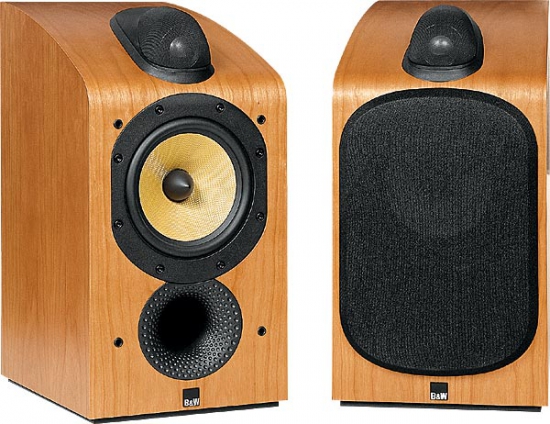
Sensitivity
2004: 89.2dB
2020: 87.6dB
Cabinet Vibrations
2004:
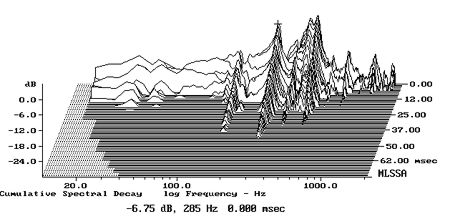
2020:
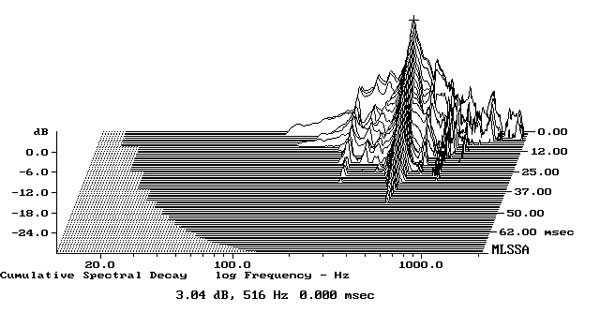
Horizontal Listening Window
2004:
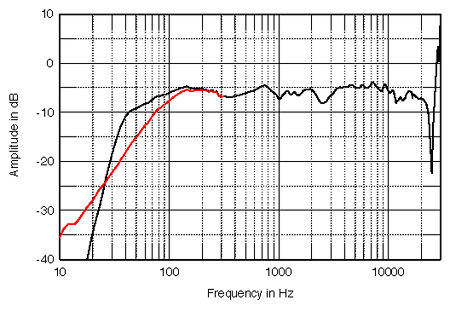
2020:
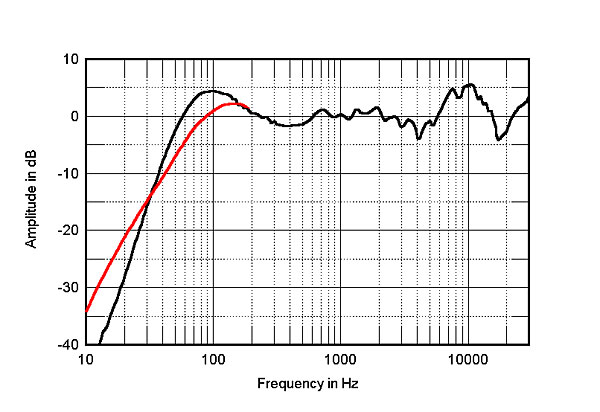
Horizontal Dispersion (Normalized)
2004:
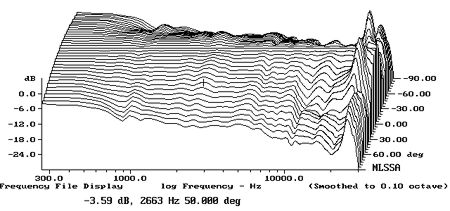
2020:
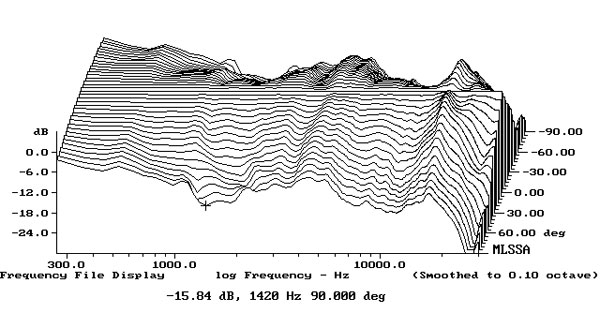
Vertical Dispersion (Normalized)
2004:
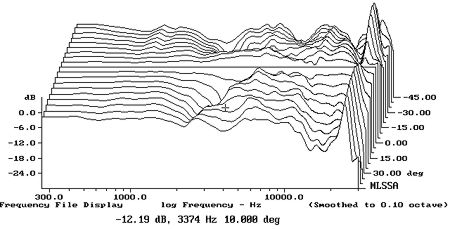
2020:
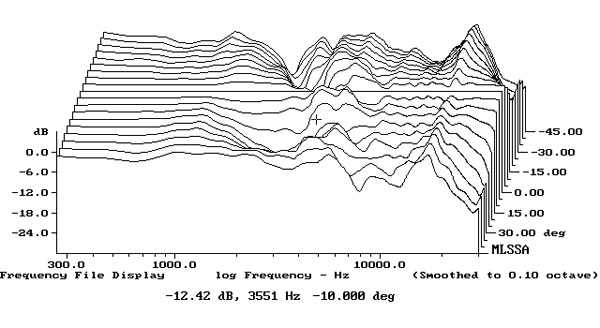
________
Hopefully, with Sound United now as the owners, they can go back to making some pretty excellent speakers.
At a $1000 premium over the $3K 705 S2, it features a higher end finish and an optimized crossover.

Stereophile measured the original 705 in 2004, where the price was $1500 (inflation calculator puts that at ~$2075). I’d thought it’d be interesting to compare the performance.
https://www.stereophile.com/content/bw-705-loudspeaker-measurements

Sensitivity
2004: 89.2dB
2020: 87.6dB
Cabinet Vibrations
2004:

2020:

Horizontal Listening Window
2004:

2020:

Horizontal Dispersion (Normalized)
2004:

2020:

Vertical Dispersion (Normalized)
2004:

2020:

________
Hopefully, with Sound United now as the owners, they can go back to making some pretty excellent speakers.
Last edited:
